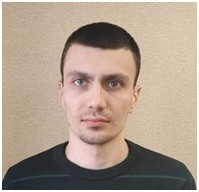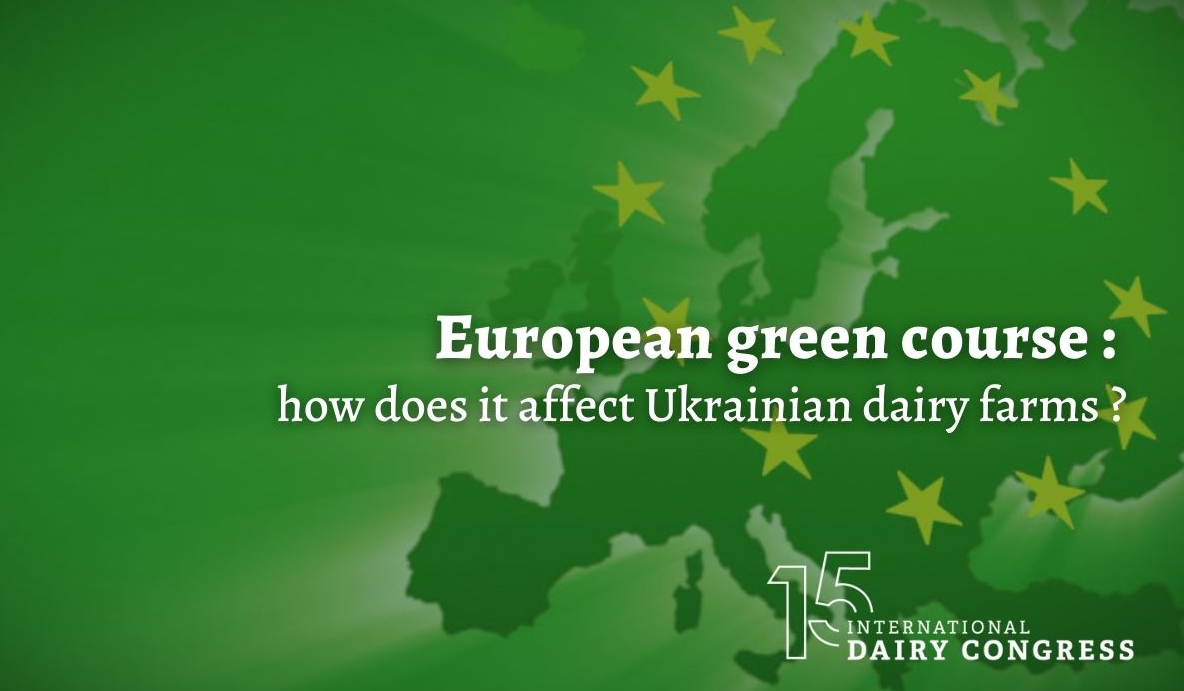Much attention of the international community is focused on "greening" and global climate strategies. There are already very conflicting data on the impact of dairy farming on greenhouse gas emissions and the damage they cause. New global initiatives will definitely not bypass Ukraine. More about this in our article.
"Clean" production is a global trend related to greening and the transition to so-called "clean" business and "clean" energy. The Green Deal is an agreement reached by more than a hundred countries that participated in the Glasgow Climate Summit from October 31 to December 12, 2021. The main purpose of the meeting is to curb global warming and reduce CO2 emissions. European countries have pledged to reduce CO2 emissions by 55% by 2030, convert 25% of agricultural land to organic and reduce carbon and methane emissions to agriculture by limiting the concentration of livestock per hectare and changes in agricultural technology. In addition, reduce the use of mineral fertilizers, plant at least 3 billion trees to absorb 310 million tons of carbon emissions, produce 40% of energy from renewable sources, etc.
During the summit, European Commission President Ursula von Leinen stressed that the fossil fuel economy has reached its limits and the EU's goal is to achieve carbon neutrality by 2050, otherwise global warming will put society on the brink of global catastrophe.
In total, the EU plans to allocate 144 billion euros by 2032 to support the "clean economy" and "mitigate its social consequences"
UKRAINE AND THE EUROPEAN GREEN COURSE
Ukraine has made very ambitious commitments: to reduce emissions of harmful compounds by 65% by 2030 compared to 1990. The changes should affect not only industry and transport, but also agribusiness. The price of changes is UAH 100 billion. This is a serious challenge: given the European Green Course, seize opportunities, avoid threats and constraints, and improve agribusiness and rural communities in parallel.
THE INFLUENCE OF DAIRY FARMING ON THE AMOUNT OF GREENHOUSE GAS EMISSIONS
In a number of sources, the main cause of the effect of global warming is called intensive cattle breeding and, above all, dairy farming. However, the Climate Watch report for 2020 states that the key generators of greenhouse gas emissions (73.2%) are the global energy and transport sector. And, basically, it is carbon emissions.
Climate Watch estimates that livestock accounts for less than 6% of total emissions, with a large gap between heavy industrial carbon emissions and methane emissions from cows (95% of total cattle breeding emissions). If the decay period of the first more than 100 years, they accumulate in the upper atmosphere and contribute to global warming, the second - rapidly decaying and involved in carbon metabolism in nature.
Hanna Lavreniuk, Director General of the Association of Milk Producers, notes that Ukrainian dairy farmers need to be very meticulous about all the requirements that will be imposed on the industry as part of the "green course".
"It is necessary to understand and prove to others that there should be a proportion of requirements and resources for their implementation in different countries. For example, in Ukraine the concentration of livestock is ten times lower than in Denmark, the Netherlands or other European countries. Ukraine, on the one hand, has a significant reserve for increasing the number of livestock per hectare, and on the other - the amount of state support is far from European. If in the EU for the support of animal husbandry for 2021 was planned 42 billion euros and by 2032 for the implementation of the tasks of "clean" production - more than 144 billion, we are fighting for the state support programs for agricultural development finally allocated to legislative level of 1% of GDP. And today it should be UAH 10-11 billion”, - she emphasizes.
We will continue discussing this topic with deputies of the Verkhovna Rada, representatives of the Ministry of Agrarian Policy and Food of Ukraine, international experts and colleagues from dairy farms in the discussion round of the 15th International Dairy Congress from February 28 to March 1. After all, the 2022 budget provides UAH 4.6 billion for support programs for the agro-industrial complex. The distribution of these funds will be in the hands of the Agrarian Committee of the Verkhovna Rada, the Ministry of Agrarian Policy and Food of Ukraine and industry associations.
Therefore, before us, as a community of milk producers, the task is to defend the interests of the industry and achieve the allocation of planned funds.
Join us! More about the congress at the link or by phone: 0674705563.
► International Dairy Congress, February 28-March 1, 2022, KyivExpoPlaza.
Press service of the Association of Milk Producers
Key news of the dairy sector on the AMP facebook page.


